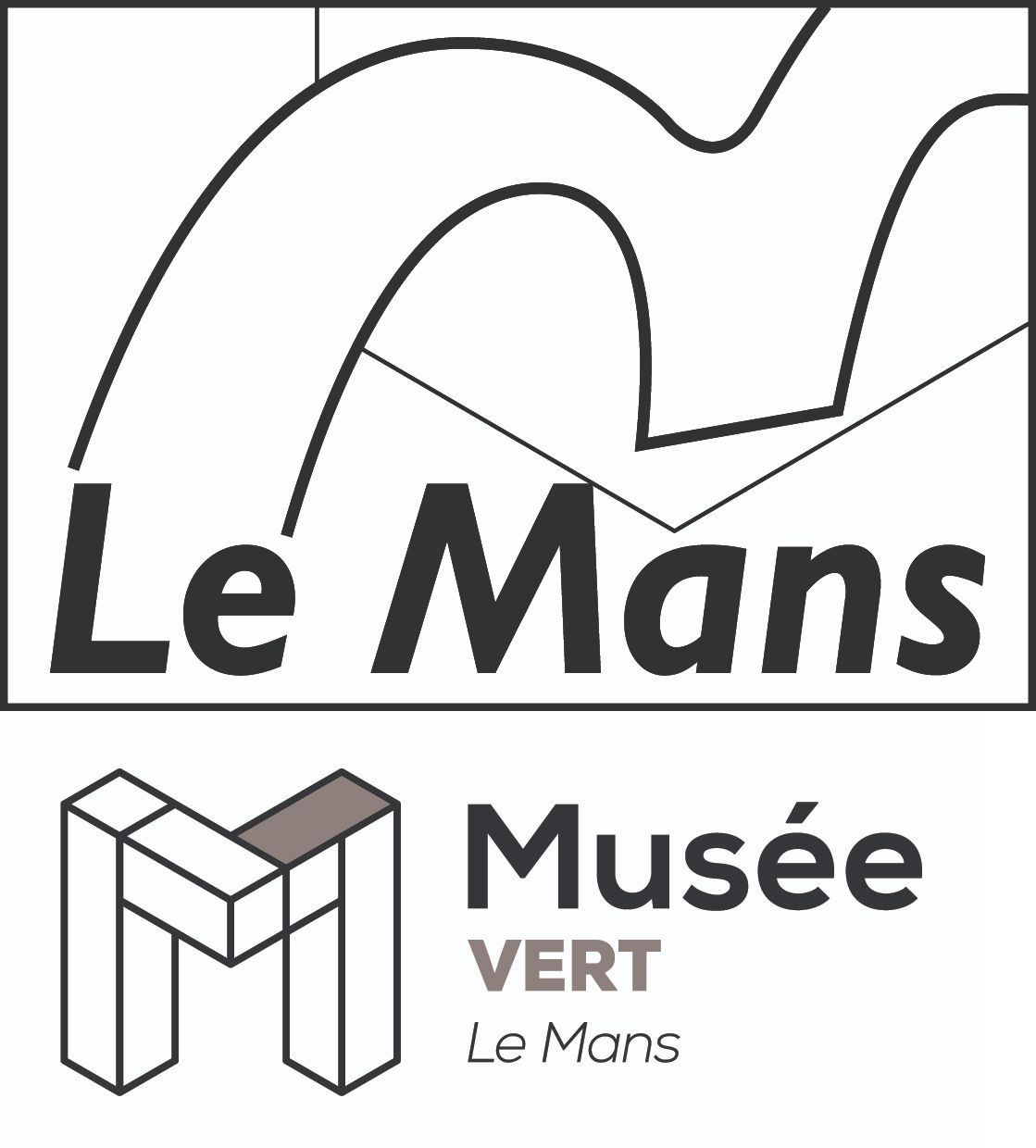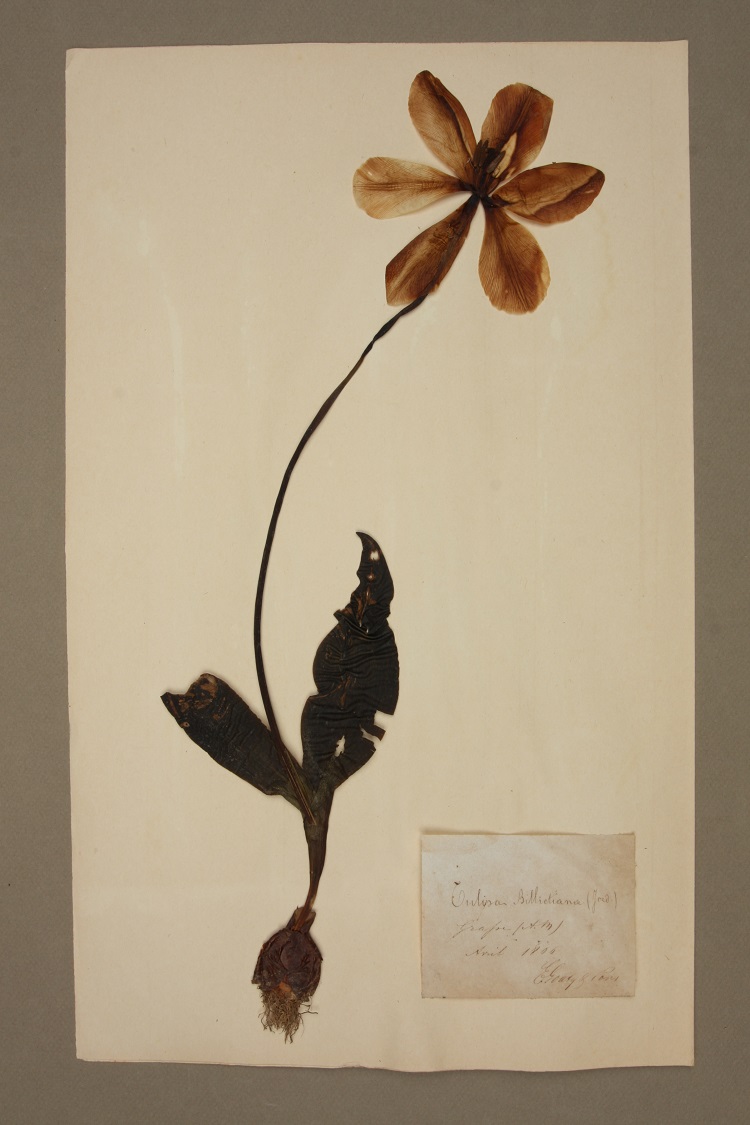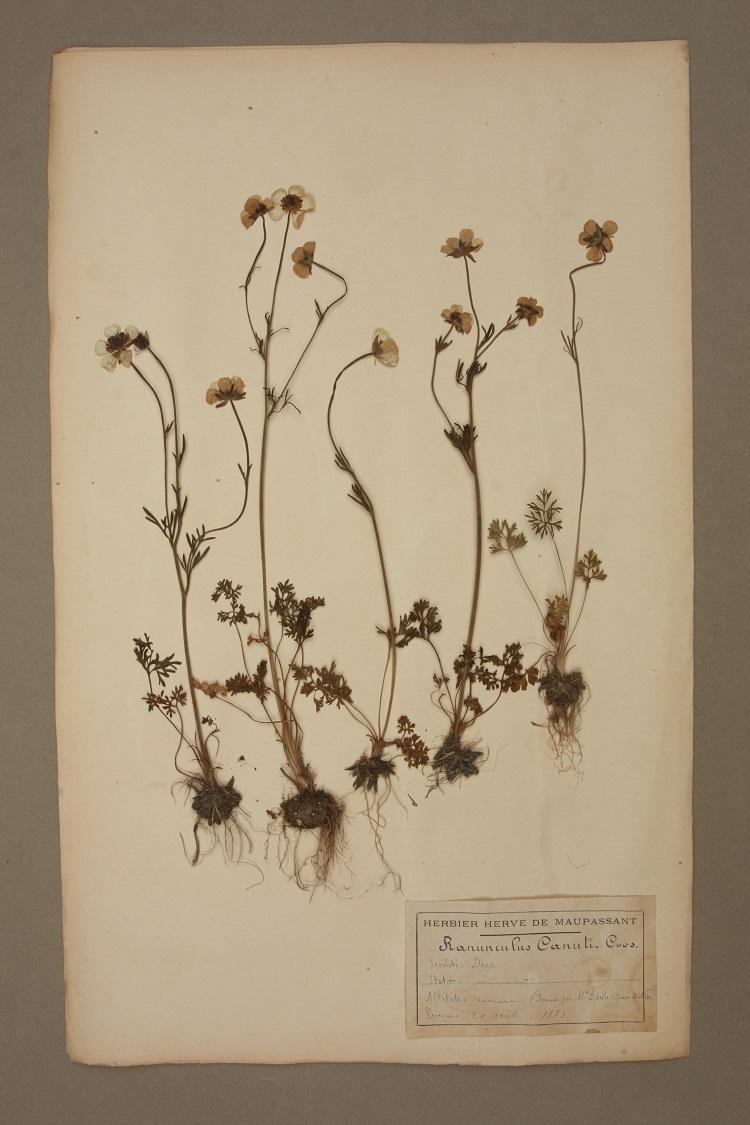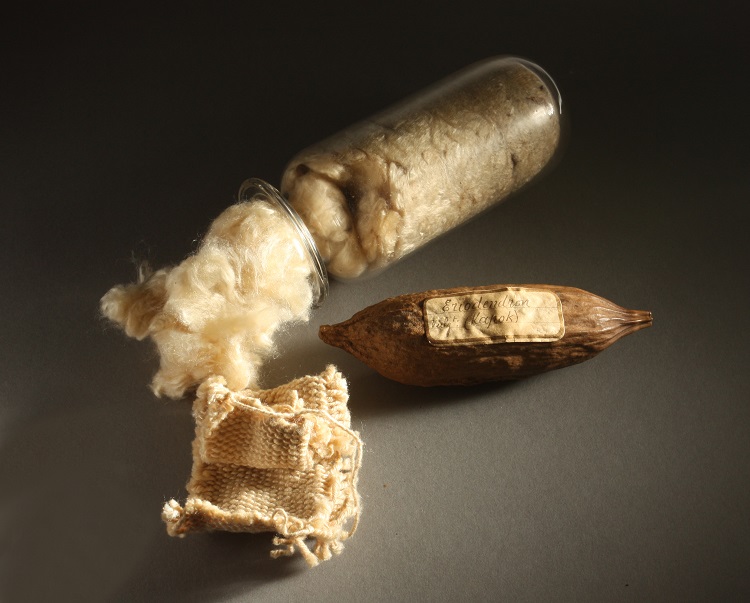
Natural History Museum of Le Mans
Botany emerged as a scientific field during the Renaissance thanks to naturalists such as Pierre Belon from Sarthe. It then grew considerably. In Sarthe, the herbaria resulting from the dedication of local botanists are kept at the Green Museum.
The Green Museum botanical collections consists of 48 herbaria accounting for about 65,000 pieces. Among those, there is:
- André-Pierre Ledru Herbarium (1767-1825), botany professor, naturalist on board the Baudin expedition of the National Museum around the Antilles from 1796 to 1798.The herbarium is made of 1,300 pieces from France and the Antilles. This herbarium contains the oldest pieces preserved at the Green Museum: the ones collected by Bernard de Jussieu in 1764 in Louis XV Trinanon Gardens, and donations from famous French botanists, such as René Desfontaines or Antoine Laurent de Jussieu.
- Eugène Monguillon Herbarium (1865-1940). The herbarium is made of 17,150 pieces of mosses and lichens from Europe, with several dozens of types. This herbarium was made from Monguillon herborizations of plants, and also with exchanges with a hundred French and European botanists.
- Ambroise Gentil Herbarium (1842-1927). The herbarium is made of 5,500 pieces of higher plants from Sarthe. It is a historical herbarium of reference for the Sarthe department, containing types.
- Jean Bouvier-Desnos Herbarium (1880-1937). The herbarium is made of 2,690 pieces from France. There were several exchanges with other local and national botanists.
- Louis Déan-Laporte Herbarium (1856-1942). The herbarium is made of 1,057 pieces from Sarthe, collected between 1888 and 1899.
- Victor Rendu (1809-1877) and Henri Rendu (1844-1902) Herbarium. This herbarium is made of 7,400 pieces from all over France. It contains collects done in the Alps, on the Mediterranean coast, and in the Paris region, as well as specimens sent bynumerous French botanists. We found several species extinct at the regional or national level.
- Adrien Henri Herbarium (1867-1941). The herbarium is made of 4,534 pieces from Sarthe and Western France.
- Auguste Launay Herbarium (1854-1922). The herbarium is made of 3,000 pieces from the swamps of Cré (Sarthe).
- Louise Cauvin (1776-1847) and Thomas Cauvin (1762-1846) Herbarium. Professor at the Ecole Centrale of Sarthe. The herbarium is made of 2,900 pieces from Maine, Bretagne, Normandy, and Italy, collected between 1790 and 1836.
- Thomas Grant Harbison Herbarium (1862-1936). The herbarium was ordered by the American billionaire Georges W. Vanderbilt. It is made of 389 pieces from North America collected between 1897 and 1903.
- Louis-Alphonse Brébisson Herbarium (1798-1872), is made of mosses from Normandy collected between 1826 and 1838.
- Louis Chevallier Herbarium (1852-1938), is made of 107 plants from Sahara, collected at the end of the 19th century.
- Edouard Guéranger Herbarium (1801-1895). This herbarium contains 3300 pieces. It was made by a naturalist from Sarthe, between 1819 and 1821, during his pharmacy studies, from collects made by Louise Gauvin (1776-1847), Thomas Cauvin (1762-1846), and Narcisse Desportes (1776-1856).
Contact
Nicolas Morel : nicolas.morel@ville-lemans.fr

Tulipa billietiana, collected in April 1866 at Grasse (Alpes-Maritimes), Victor Rendu Herbarium.

Ranunculus canuti, collected on 24 August 1883 in Drap (Alpes-Maritimes), Hervé de Maupassant Herbarium.

"Kapok" in bands/strips.